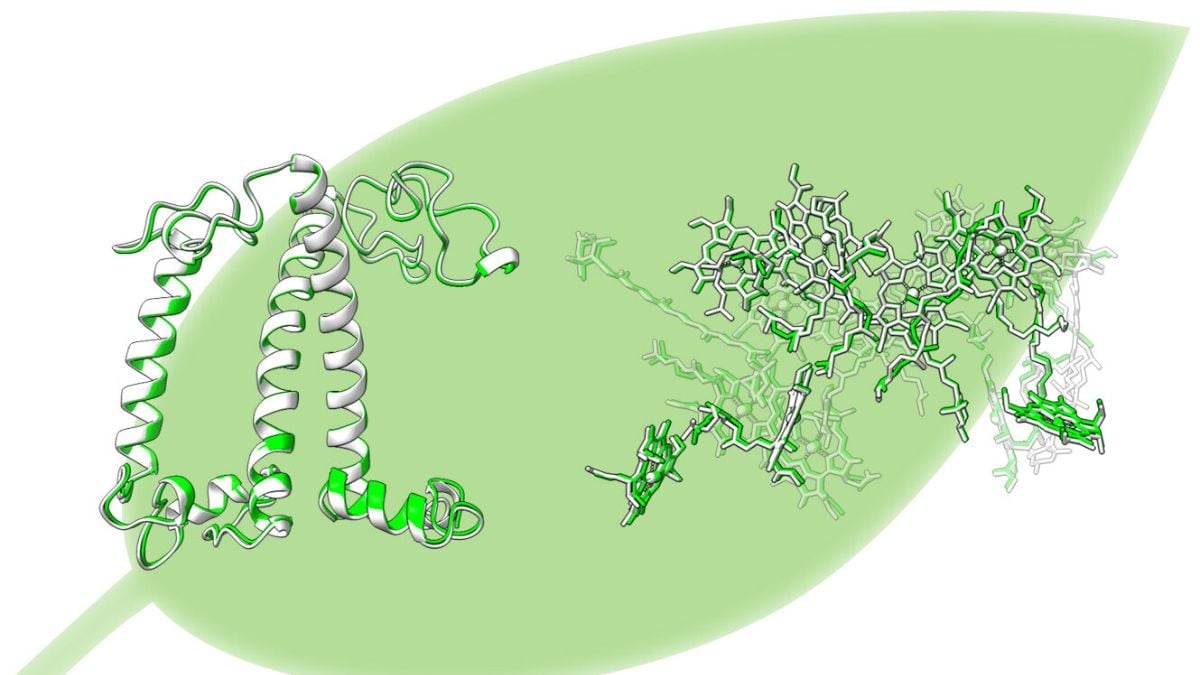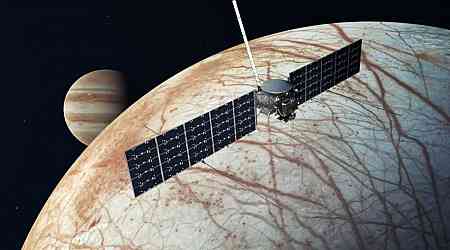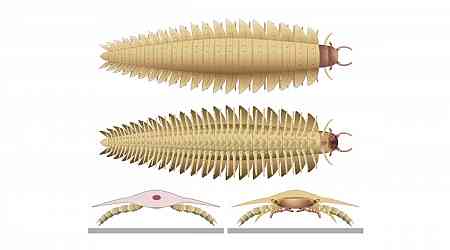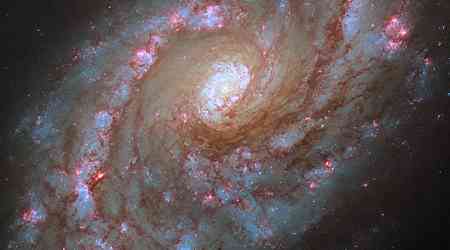A research team at Osaka Metropolitan University has identified the 3D structure of an artificial light-harvesting complex II (LHCII). This development aims to improve understanding of photosynthesis and to pave the way for advancements in artificial energy production. Light-harvesting complex II is a very important component in the process of photosynthesis, predominantly found in the chloroplasts of plants and green algae. It captures light energy and converts it into chemical energy, playing an essential role in how plants harness solar power.
Research Methodology
The study was carried under the guidance of Associate Professor Ritsuko Fujii and graduate student Soichiro Seki. The researchers used a technique known as in vitro reconstitution. This method involves synthesising the protein component in E. coli. Then it is combined it with natural pigments and lipids to create a model of LHCII outside of its natural environment.
The team used cryo-electron microscopy to analyse the structure. This technique captures high-resolution images of samples frozen at extremely low temperatures. This method helps researchers to observe the arrangement of proteins and pigments in detail.
Findings
The research results indicate that the artificial LHCII closely resembles its natural counterpart, with only minor variations. This finding justifies using in vitro reconstitution techniques and enhances understanding of the complex mechanisms involved in LHCII's function.
Implications for Future Studies
This breakthrough lays the groundwork for further exploration of artificial photosynthesis. Gaining more insights into LHCII's structure could lead to innovative energy capture applications and usage improvements in agricultural practices.
Conclusion
The successful identification of the 3D structure of the artificial LHCII is a significant advancement in photosynthesis research. The findings may contribute to developing more efficient solar energy technologies and enhancing plant production methods.
































